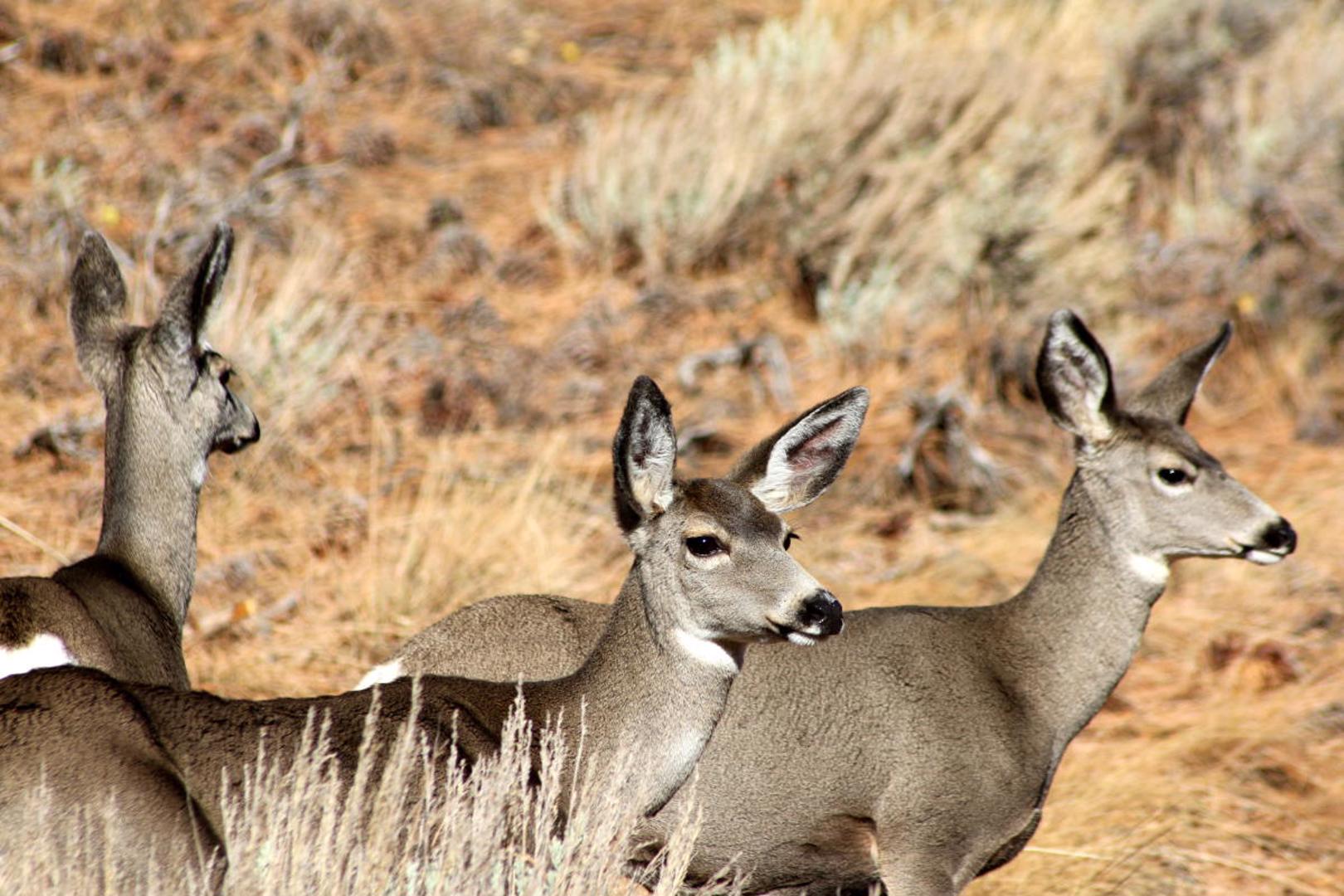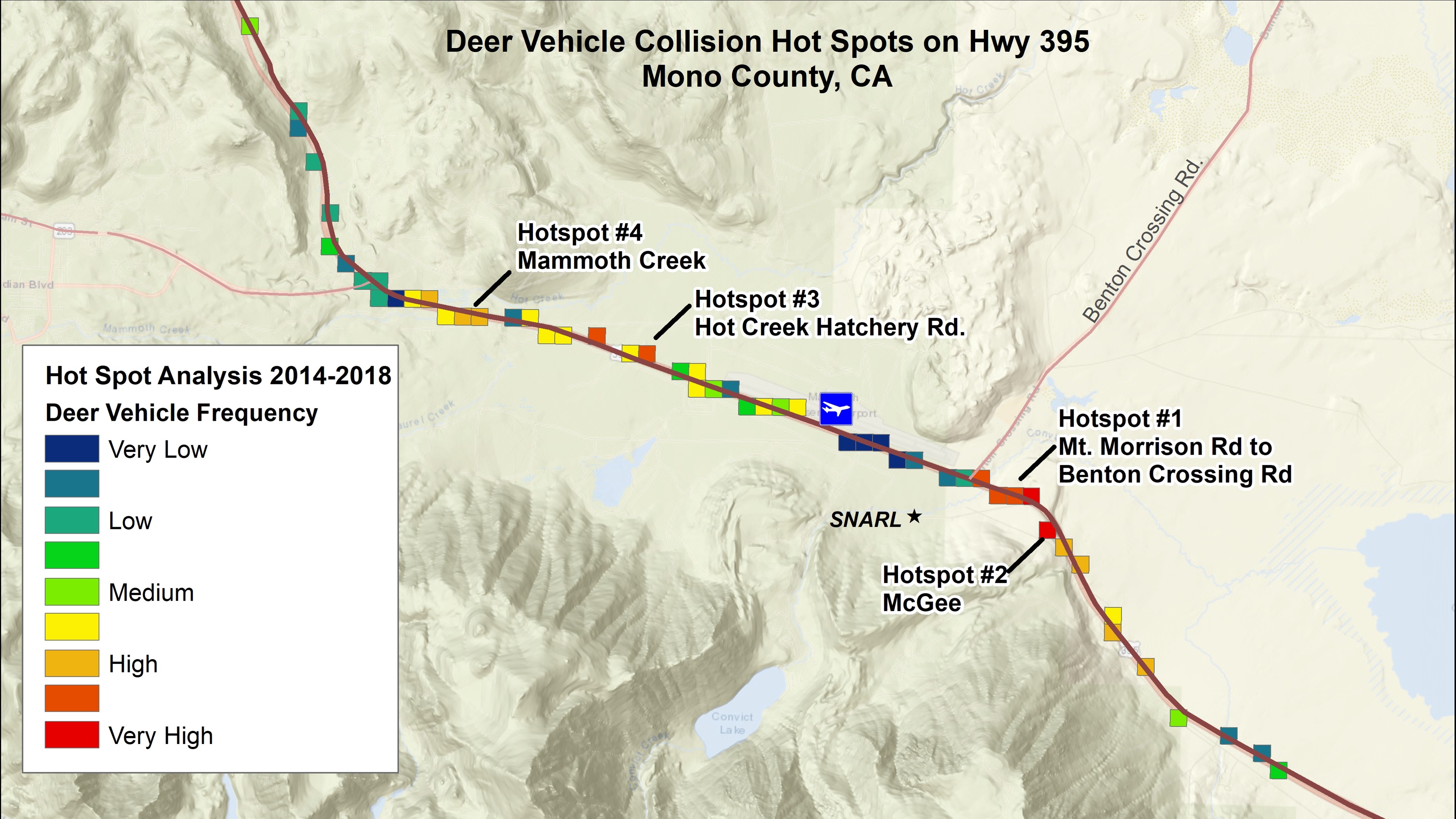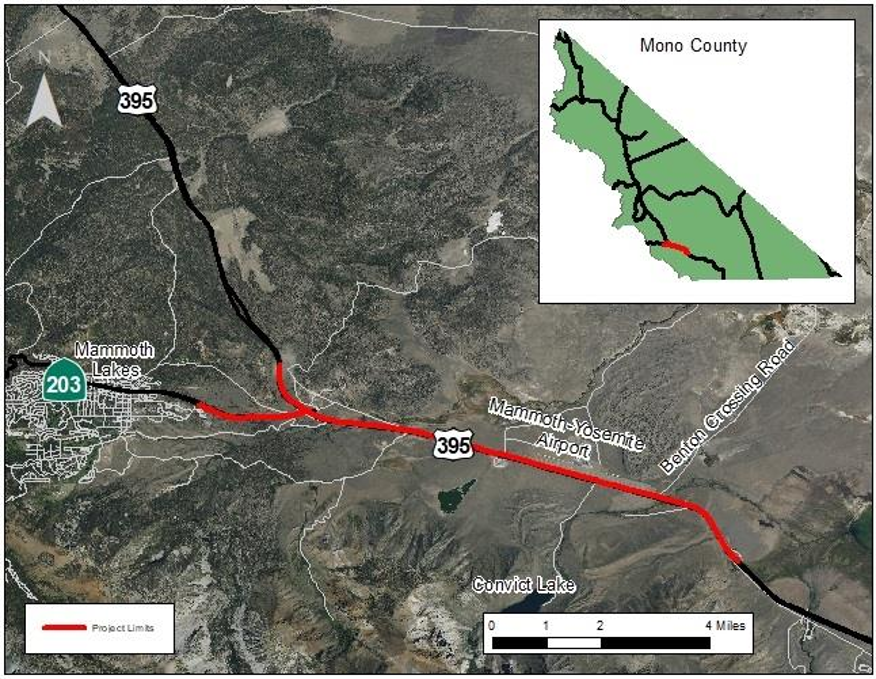If you’ve ever driven through the scenic stretches of U.S. 395 or State Route 203 near Mammoth Lakes, you’ve likely seen a deer or two crossing the highway. While it adds to the Eastern Sierra’s natural beauty, these encounters can sometimes be dangerous—for both drivers and animals. That’s exactly why Caltrans District 9 has launched the Mammoth Lakes Wildlife Crossing Project.
Why the Project Matters
Wildlife-vehicle collisions (WVCs) have been a long-standing issue in Mono County. In 2016, Mono County asked Caltrans to review roadkill data to identify high-collision areas. Their findings confirmed that sections south of Mammoth Lakes along U.S. 395 and SR 203 consistently see high numbers of wildlife-related accidents.
To address the issue, Caltrans worked with biologists and design engineers to create a concept involving wildlife crossing structures paired with directional fencing. These solutions have been implemented successfully in other parts of the world for over 30 years—and the data shows they work. Not only do they significantly reduce WVCs, but they also help preserve the natural migration routes of native species.
The Numbers Behind the Problem
On average, the project area sees about 57 wildlife-vehicle collisions each year, translating to 4 collisions per mile annually. While thankfully no fatal crashes have occurred in this area due to wildlife, the impact on animal populations—especially deer—has been significant.
Between 2015 and 2020, deer accounted for 96% of all WVCs in Mono County. Bears made up 3%, coyotes 0.5%, and all other native species combined just 0.5%. These statistics highlight the urgent need for a dedicated crossing project.
Where It’s Happening
The proposed wildlife crossing points are strategically located along U.S. 395, near the Mammoth Lakes Airport—an area identified as a hotspot for deer-related collisions. Directional fencing will be used to funnel animals toward safe crossing structures, guiding them away from the highway.
Project Timeline and Funding
The Mammoth Lakes Wildlife Crossing Project has been years in the making:
-
2016 – Caltrans begins reviewing roadkill data and completes a Feasibility Study Report.
-
2019 – Roadkill tracking is improved with Survey123.
-
2020 – Completion of the Project Initiation Document (PID).
-
2022 – Caltrans secures a $3.17 million Wildlife Conservation Board (WCB) grant for the Project Approval and Environmental Document (PA&ED) phase.
-
2023 – Work on the PA&ED phase officially begins.
Future phases include:
-
PS&E (Plans, Specifications & Estimates)
-
Ready to List
-
Construction
The total estimated cost for the remaining phases is projected to exceed $65 million, with funding strategies and traffic impact details still being finalized as the project progresses.
What’s Next?
As the Mammoth Lakes Wildlife Crossing Project moves forward, it represents a meaningful step toward coexisting with the wildlife that makes this region so special. The effort aims not only to reduce highway collisions but to ensure the safety and migration of animals across generations.
For those traveling to or from Mammoth Lakes, this project is a reminder of the balance between infrastructure and environment. It’s a commitment to preserving the wild beauty of the Eastern Sierra for everyone—residents, visitors, and animals alike.



